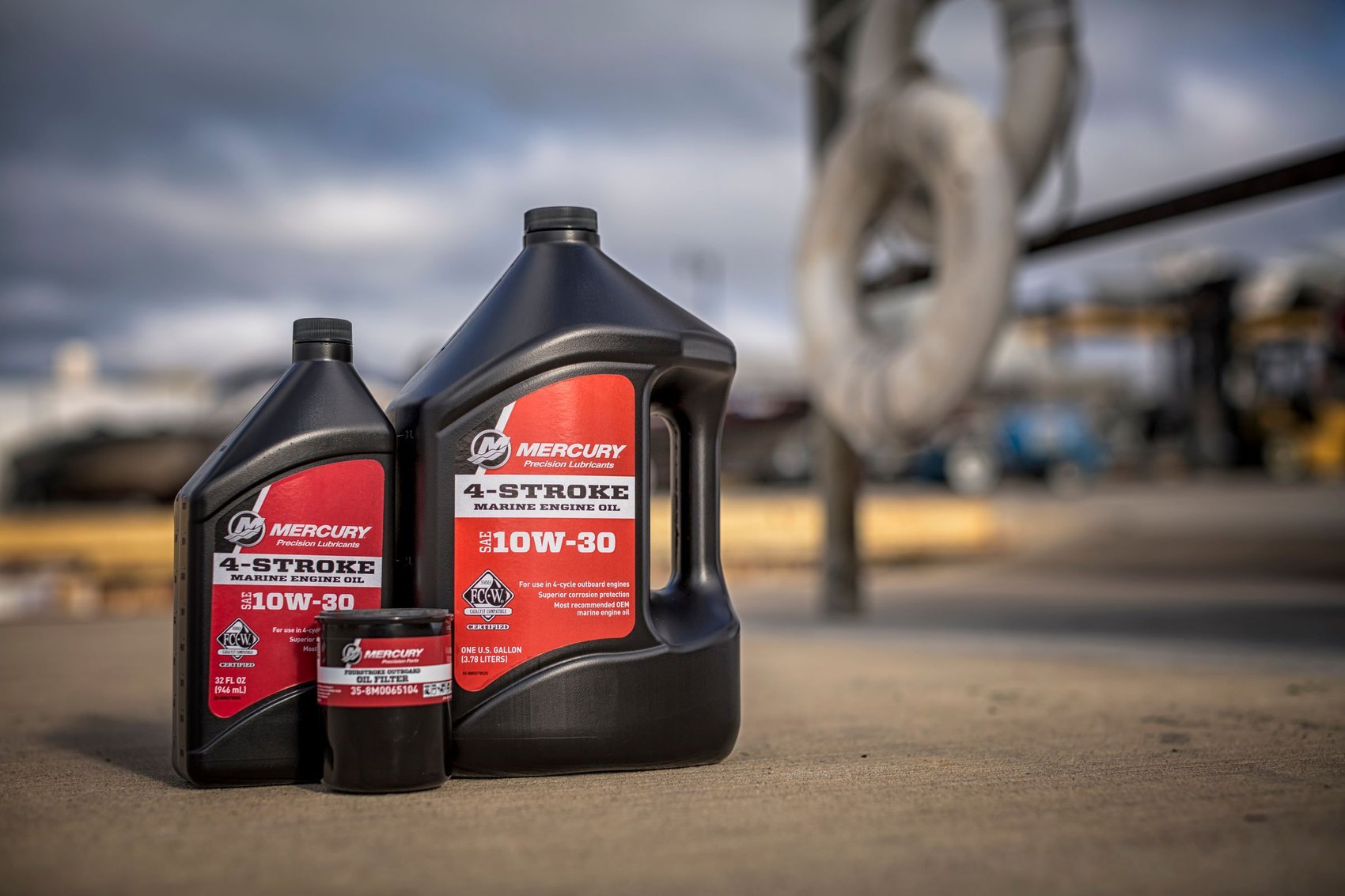Aluminum Propellers
Affordability is the key advantage of an aluminum prop. The price of the material and the manufacturing process allow a Mercury® aluminum propeller such as the Black Max® or SpitFire® to cost as little as one-third the price of a similar stainless steel propeller.
Mercury aluminum props are cast from Mercalloy®, a patented alloy created by Mercury specifically for propellers. Mercalloy produces a higher-strength casting, which allows the propeller blades to be thinner without compromising durability. Thinner blades create less drag in the water. The result is a higher level of performance from an aluminum prop for sterndrive and outboard engines up to 250hp, and top speeds up to 50 mph.
Stainless Steel Propellers
The properties of stainless steel result in a propeller that offers more performance and more durability than an aluminum prop. Stainless steel has five times more stress tolerance than aluminum, which means the blades of a stainless steel prop can be much thinner than those of even a Mercalloy® aluminum prop.
Even though these blades are thin, they are very durable and resistant to flex under high loads, so they maintain their designed blade pitch and shape at high speeds and trim angles. Thinner blades make less drag through the water, which generally translates to higher top speed.
The strength of stainless steel also means these props are less prone than an aluminum prop to damage from minor impacts or from running through sand or mud bottoms. Boaters who are frequently in shallow water or boat in impoundments littered with submerged stumps, for example, might find the durability of a stainless steel prop is worth the investment. In the event a stainless steel prop does suffer a major impact, the Mercury Flo-Torq® SSR hub system is designed to cushion the blow and protect internal gearcase components from damage.
All stainless steel is not created equally. Mercury Enertia®, Enertia ECO, Fury®, Fury 4 and SpitFire X7 prop models are cast with another proprietary Mercury alloy called X7®. The X7 alloy is 30% stronger and four times more durable than conventional stainless steel, which permits designs with thinner blades and complex shapes that are not possible to create with standard stainless steel.
Aluminum vs. Stainless Steel: How to Choose
When making the choice between an aluminum and a stainless steel prop, you need to consider these factors:
Performance: If extracting every bit of performance potential from an outboard or sterndrive engine is a priority, go with a stainless steel prop. The thinner blades produce less drag in the water, typically resulting in higher top speeds. There are also more choices in stainless steel designs, so you can select a prop engineered to work best with a particular type of boat.
Durability: If you’re often in shallow water or might encounter underwater obstacles, a stainless prop will be much more resistant than aluminum to catastrophic damage.
Cost: For general boating, most owners will get satisfactory performance from an aluminum prop, especially if the boat is powered by an outboard or a sterndrive engine with low to midrange horsepower. In this situation, the investment in a stainless steel prop will offer less return in terms of performance. An affordable aluminum prop is also a great choice for purchase as a spare to be carried onboard any boat.
Helpful Tools for Finding the Right Prop
The Mercury Prop Selector Tool is a great resource that will help you narrow down prop options for your boat and engine combination.
Mercury transforms aluminum and stainless steel into the highest-quality, best-performing, most-durable propellers in the world. The company’s experience, expertise and proprietary technologies, including Flo-Torq, Mercalloy and X7 alloy, give boaters a true advantage. For best overall boat performance, there's no substitute for a Mercury propeller.




